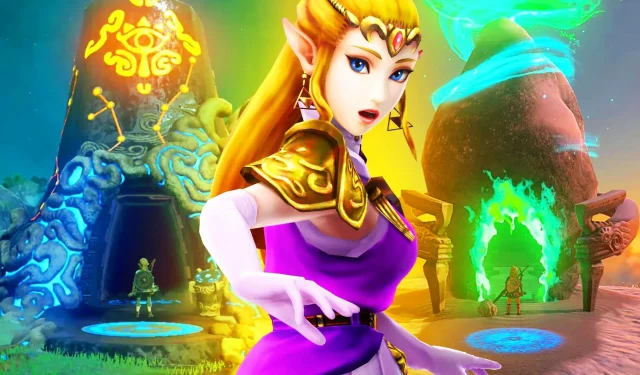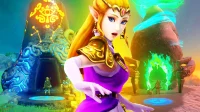The Legend of Zelda: Breath of the Wild revolutionized the series with innovative features, one of which is the introduction of Ancient Shrines. These Shrines, found throughout the expansive world of Hyrule, present players with a variety of challenges and puzzles. Successful navigation rewards players with Spirit Orbs, which can be exchanged for Heart Pieces or Stamina Vessels. Beyond contributing to the game’s rewarding sense of advancement, Shrines provide a welcome break from the pervasive dangers and foes that inhabit the landscape.
Initially, I believed that BOTW was the first title in the franchise to integrate such a concept. However, I recently learned that an earlier installment in the Zelda series had nearly included a similar idea before being ultimately dropped. Although this particular game turned out to be a standout success, it sparked curiosity regarding how this concept could have enhanced the overall experience and gameplay mechanics.
A Link Between Worlds: The Missed Opportunity for Smaller Dungeons
A Remarkably Similar Concept to BOTW’s Shrines
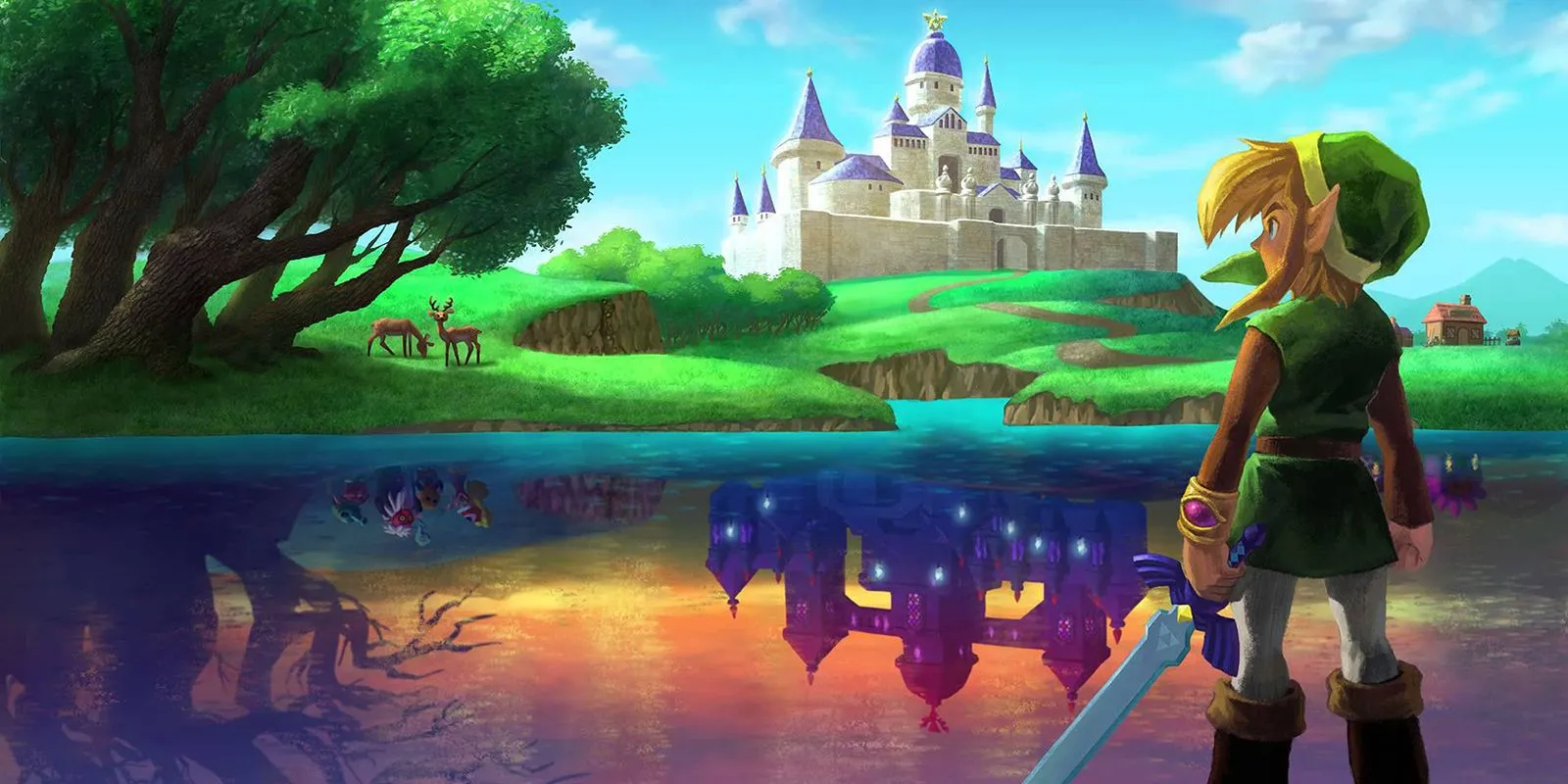
Prior to the release of BOTW, The Legend of Zelda: A Link Between Worlds almost featured an idea reminiscent of Shrines. This information surfaced during an ‘Iwata Asks’ interview available on Nintendo‘s website in 2013. Kentaro Tominaga, the game’s assistant director, elaborated on concepts he developed concerning the game’s signature wall-merging ability, expressing initial efforts to produce “a few small dungeons”around this mechanic, with aspirations to create “50 more”for the final product.
The notion of incorporating several smaller dungeons in A Link Between Worlds is strikingly akin to the Shrines featured in BOTW. In this latter title, Shrines essentially function as compact dungeons, each housing unique puzzles or enemy encounters. Interestingly, unlike previous Zelda installments where each dungeon often surrounded an attainable item, BOTW revolves around the utilization of various Sheikah Slate abilities you acquire early on, mirroring the intended purpose behind A Link Between Worlds’ proposed smaller dungeons.
While it remains unclear whether the initial concept of small dungeons for A Link Between Worlds influenced the development of Shrines, the two games share interesting ties. Notably, A Link Between Worlds explored allowing players to traverse its major dungeons in any sequence, which contributed to BOTW’s focus on player freedom and exploration. The scrapped concept of smaller dungeons, however, particularly piqued my interest, raising questions about the potential of this idea to enrich gameplay experience.
The Potential of Smaller Dungeons to Enrich Gameplay
Enhancing Skill Through Engaging Challenges
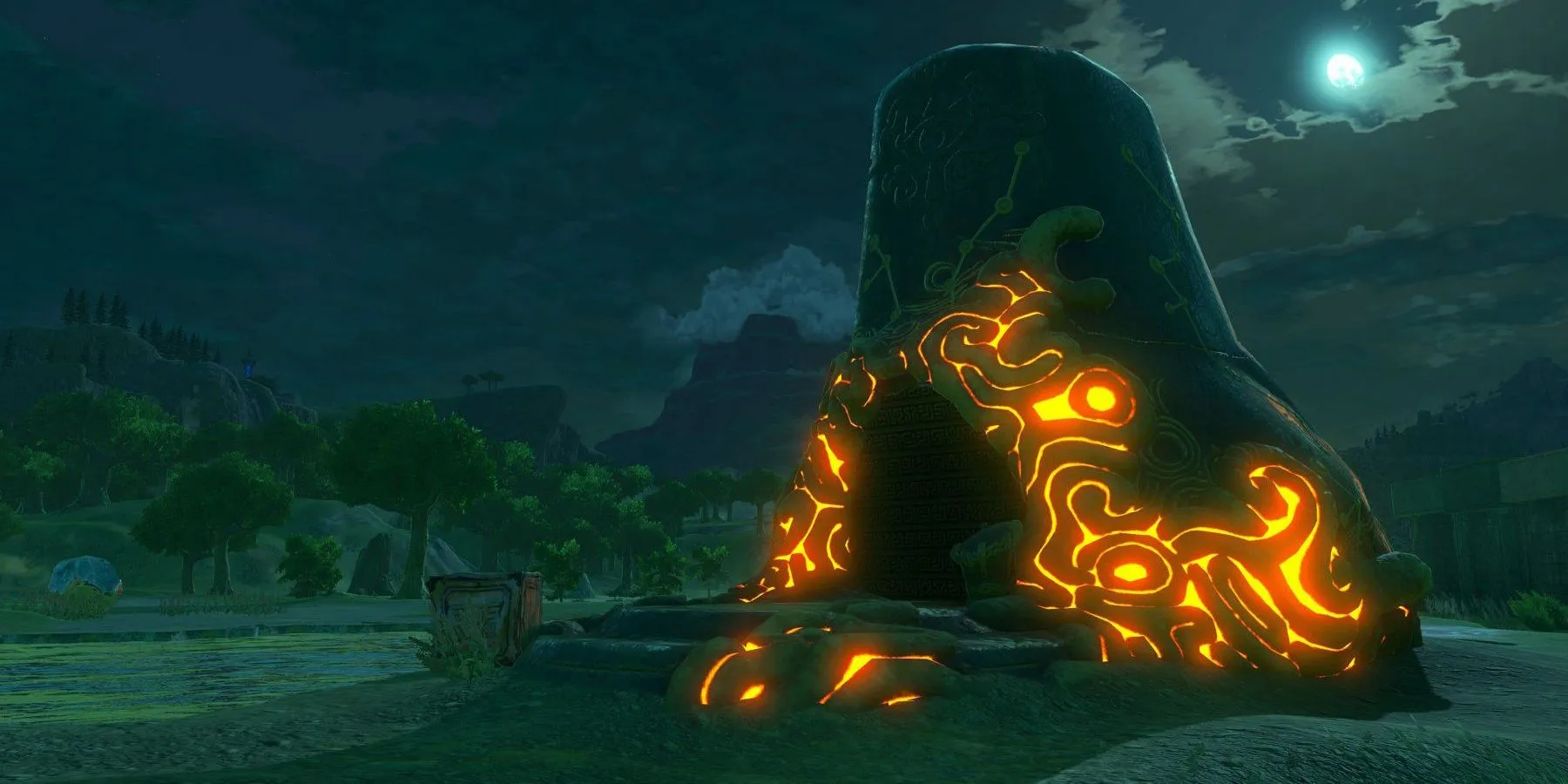
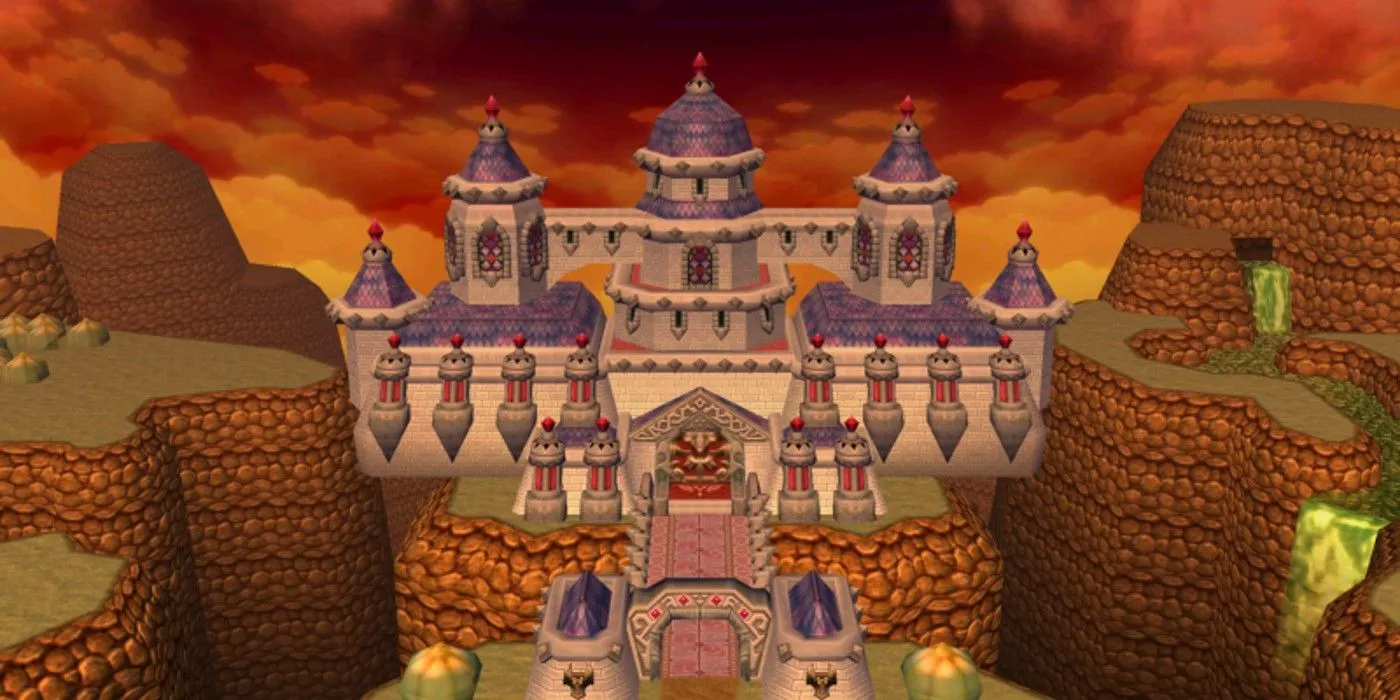
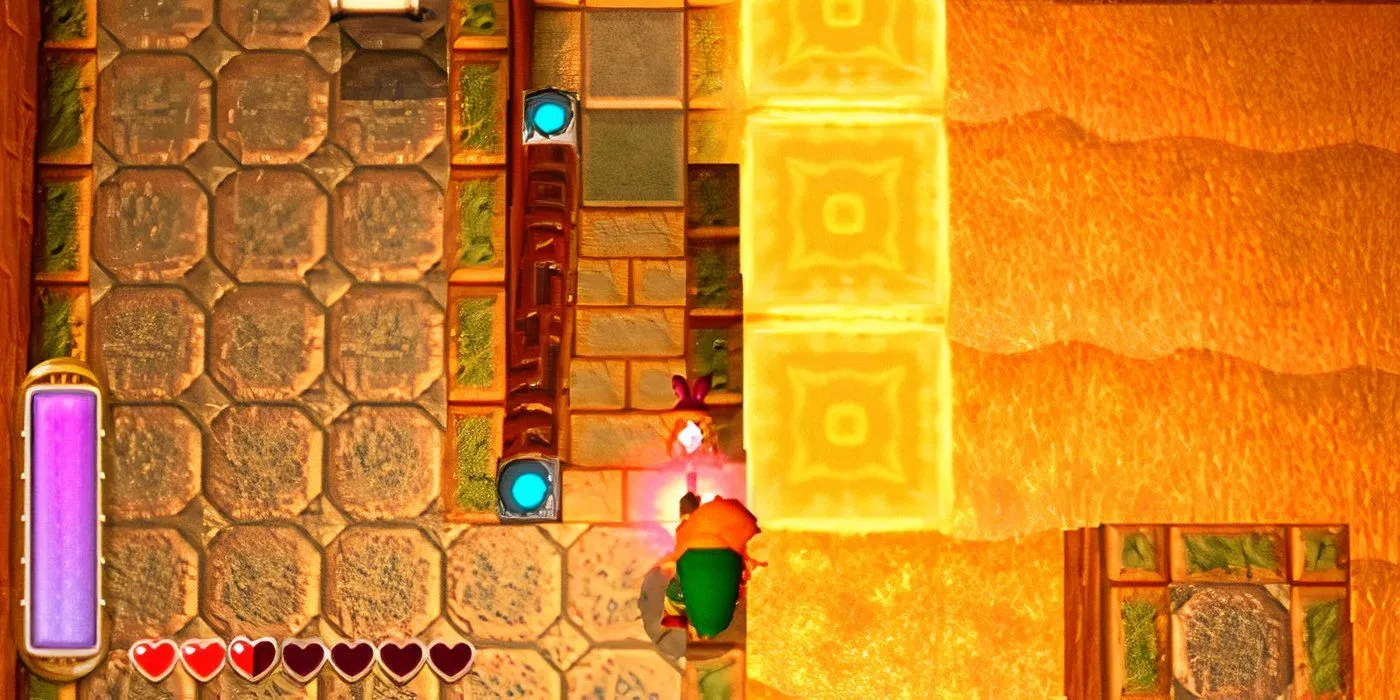
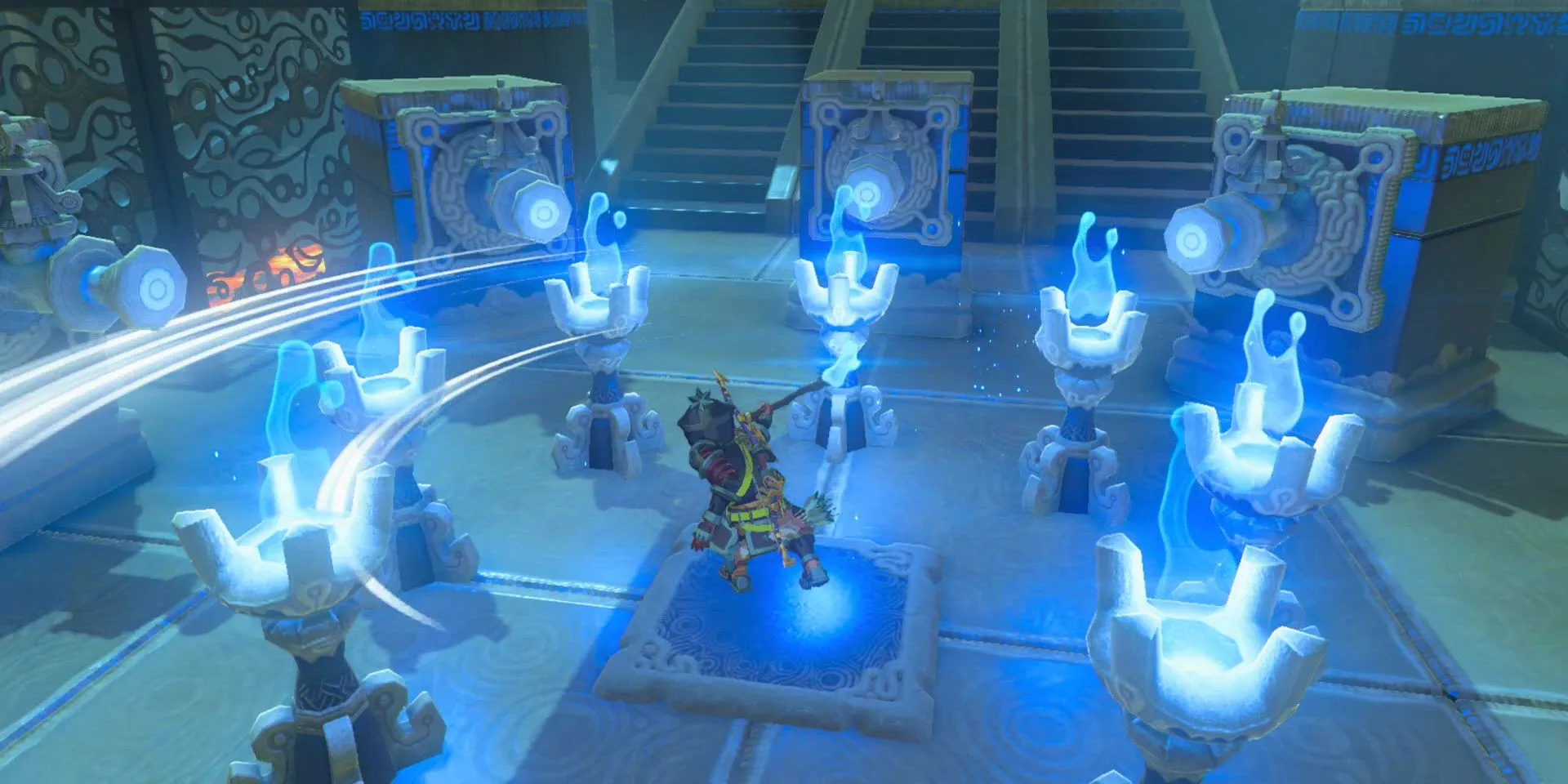
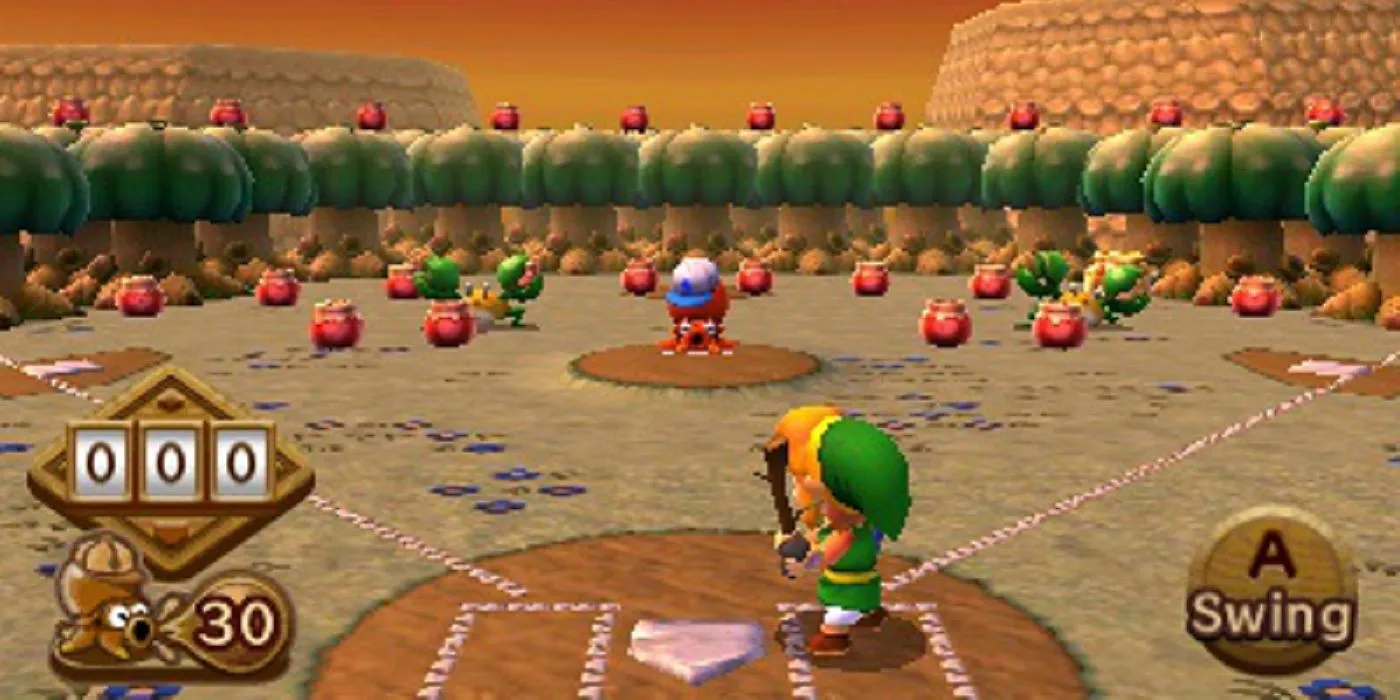
Incorporating smaller dungeons in A Link Between Worlds would have provided an excellent opportunity to challenge players on their grasp of the game’s core wall-merging mechanic. One of the aspects I appreciate about BOTW’s Shrines is how they repeatedly assess my proficiency with the Sheikah Slate abilities. Each Shrine requires players to think creatively, whether to chart a path forward or locate hidden treasures, as it ignites various engaging puzzle-solving opportunities.
Testing a player’s expertise through these smaller dungeons would have encouraged meticulous observation of the environment, essential for discerning ways to progress. Furthermore, the puzzles inherent in these dungeons could have prompted players to strategize effectively regarding when and how to apply wall-merging, thus optimizing the use of this innovative game mechanic.
The Concept Was Eventually Dismissed
A Link Between Worlds Utilizes Its Mechanics to Great Effect
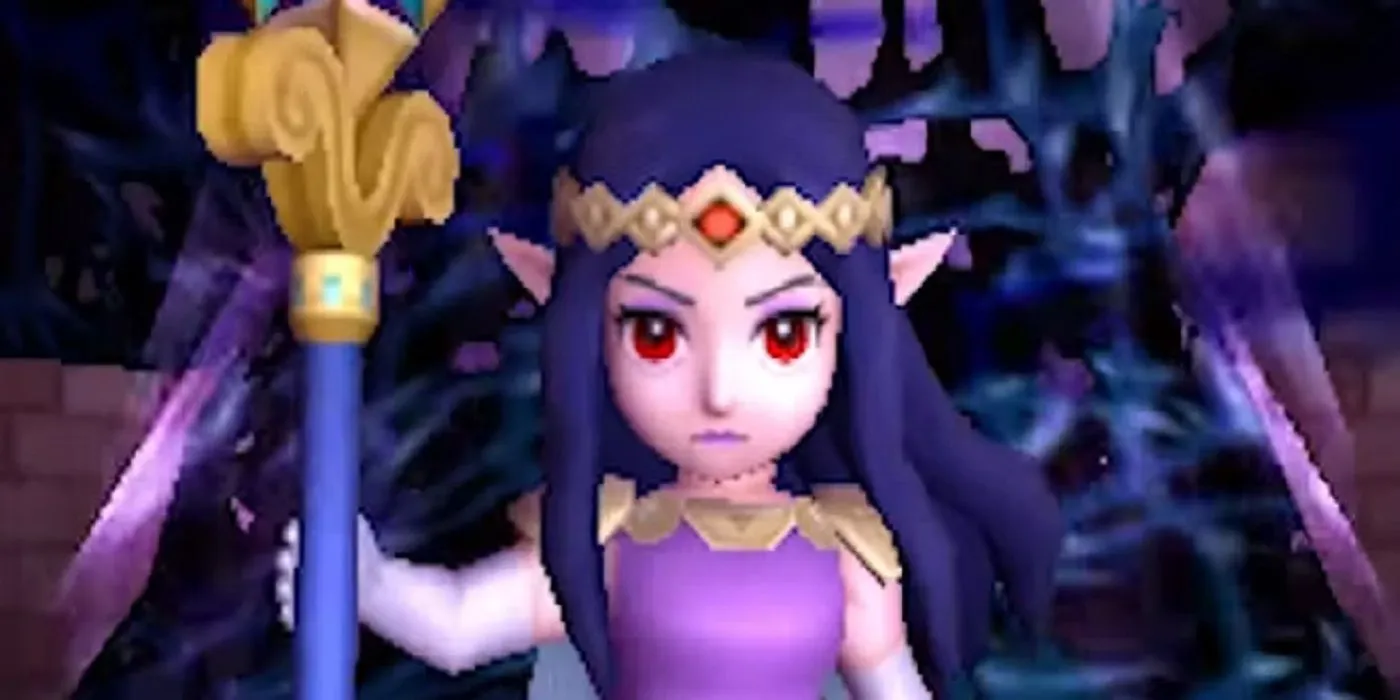
Regrettably, despite the immense potential that smaller dungeons promised, the concept was ultimately discarded. According to Tominaga, Miyamoto dismissed the idea, famously stating, “He tore it up!” Instead, Miyamoto encouraged a direction that would transform the game into a sequel to the SNES classic, A Link to the Past, which led to the more familiar structural approach of A Link Between Worlds.
Nevertheless, the final iteration of A Link Between Worlds successfully utilized the wall-merging mechanic. The dual-world concept of Hyrule and Lorule exemplifies this by challenging players to navigate the unique layouts and disparities between both realms. This aspect compels players to strategize effectively for item acquisition and rewards access otherwise unattainable, thus ensuring the game adequately tests players’ mastery of its central mechanics.
Despite this, I can’t shake the feeling that the inclusion of smaller dungeons could have elevated the game experience. Much like Breath of the Wild enriched its puzzles through Shrines, the proposed smaller dungeons in A Link Between Worlds could have fostered creativity and experimentation, rendering puzzle-solving even more enjoyable. While I have a deep appreciation for A Link Between Worlds, it’s a bit disappointing to see the idea of smaller dungeons remain unrealized.
Source: Nintendo
